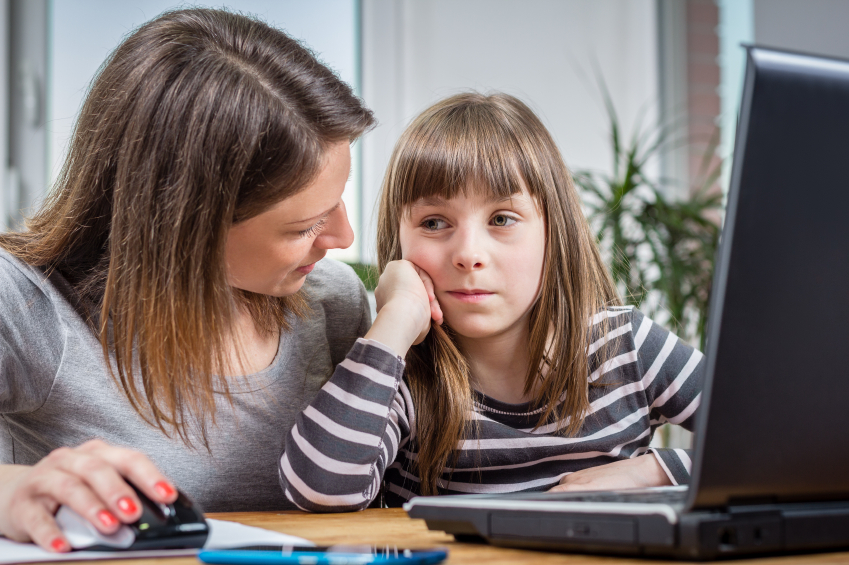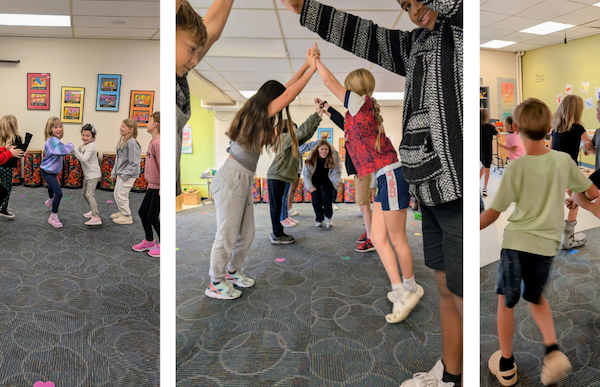
I Feel Like I’m Constantly Barking Orders!
March 2, 2016
The Issue of “Sharing” Without Asking at Home
April 6, 2016
A parent recently asked me how to help a child with LD and ADHD see how her behavior affects other people. This awareness did not seem to come naturally to their child.
In the literature on child development, this is referred to as “Self Awareness.” In the area of Executive Function, this skill is labeled “Self Monitoring.” We can begin by looking at typical scenarios at home.
As parents, we can see how our child’s behavior annoys his peers or siblings. This may unintentionally hurt someone’s feelings, leading to arguments or to exclusion from activities with friends or siblings. We might view a response as rude, but the youngster does not perceive that. Somehow we have to help the child see that his behavior is contributing to a negative outcome, for him!
Role-playing can be helpful when teaching awareness of “rudeness.” Children often mimic verbalizations of movie characters or peers. Many times they have no idea how obnoxious these remarks seem to others. It seems funny to them. Remember when the expression “talk to the hand” or “zip it” was popularized by movies? Well, children were very surprised to learn that adults did not see the humor when it was used in conversation. Children love being allowed to play the “parent” while the parent plays the “child” (parents enjoy that role too). Role-playing can help the youngster see how using that expression would derail what she hoped to achieve in her interaction with the parent. Making a parent angry does not result in a positive outcome, unless the child was hoping to be grounded!
Another approach would be stopping in the middle of an interaction to give a suggestion on another way to talk to you. For example, you are talking to another family member when this youngster begins to poke you because he wants your attention now. Stop and ask, “How do you think I feel when you poke me?” Give him time to respond. Then ask, “Do you think I am going to give you what you want if you interrupt me?” Come up with a nonverbal way for the child to signal that he wants to talk with you without interrupting the conversation. You could then touch the child on the shoulder signaling your recognition and encouraging his patience (a wait signal). Then, acknowledge his patience as you begin to listen to what he needs.

The visual/physical cue to “wait” can by applied in other situations. You are on the phone; someone else is talking at dinner; you are talking with an adult at the grocery. A nonverbal cue could work for the whole family, not just the youngster with LD/ADHD.
Blogger Mary Ann Mulcahey, PhD, shares her expertise in assessment and diagnosis of learning disabilities and ADHD, and the social/emotional adjustment to those issues. If you have questions, please contact Mary Ann at .



